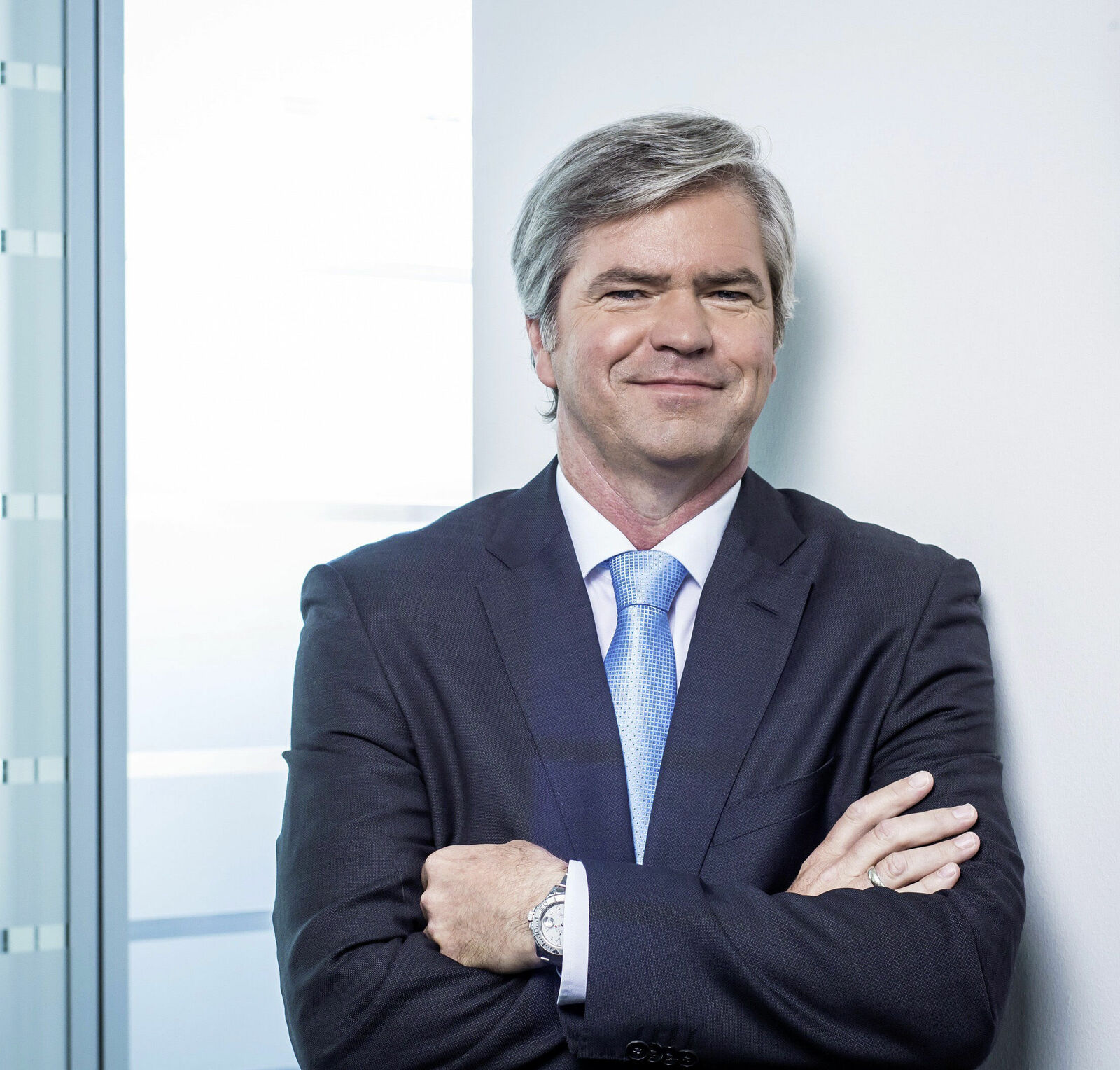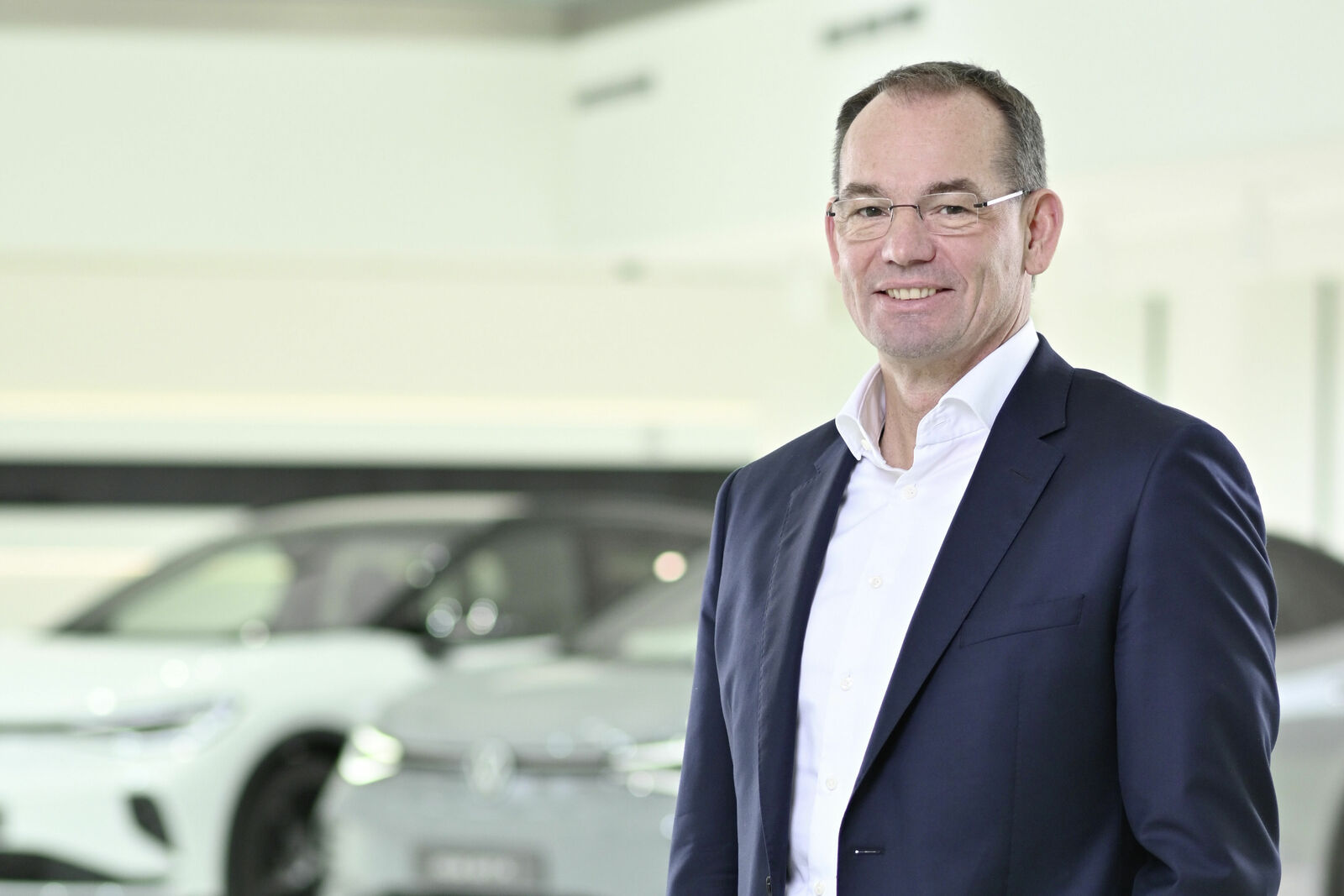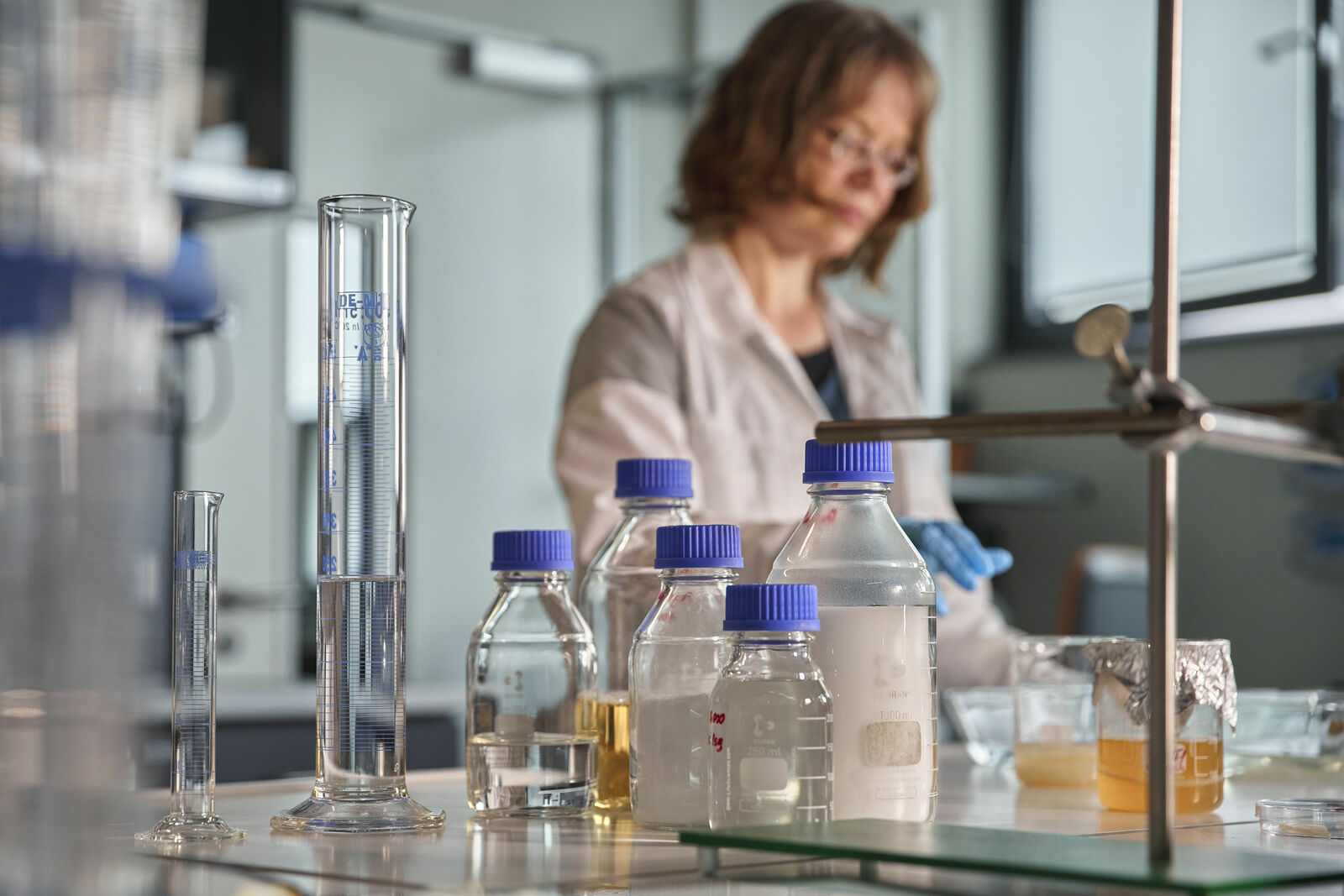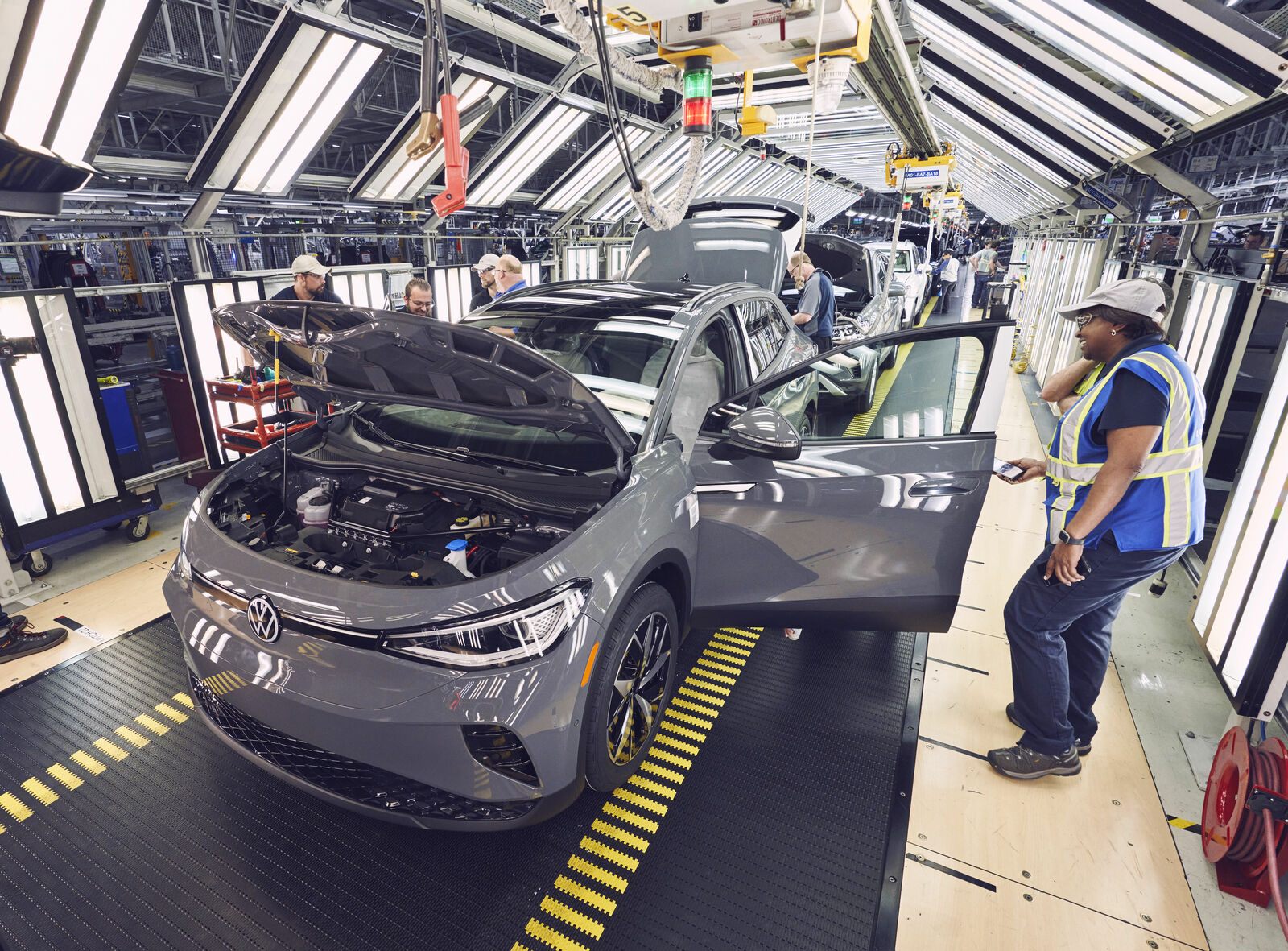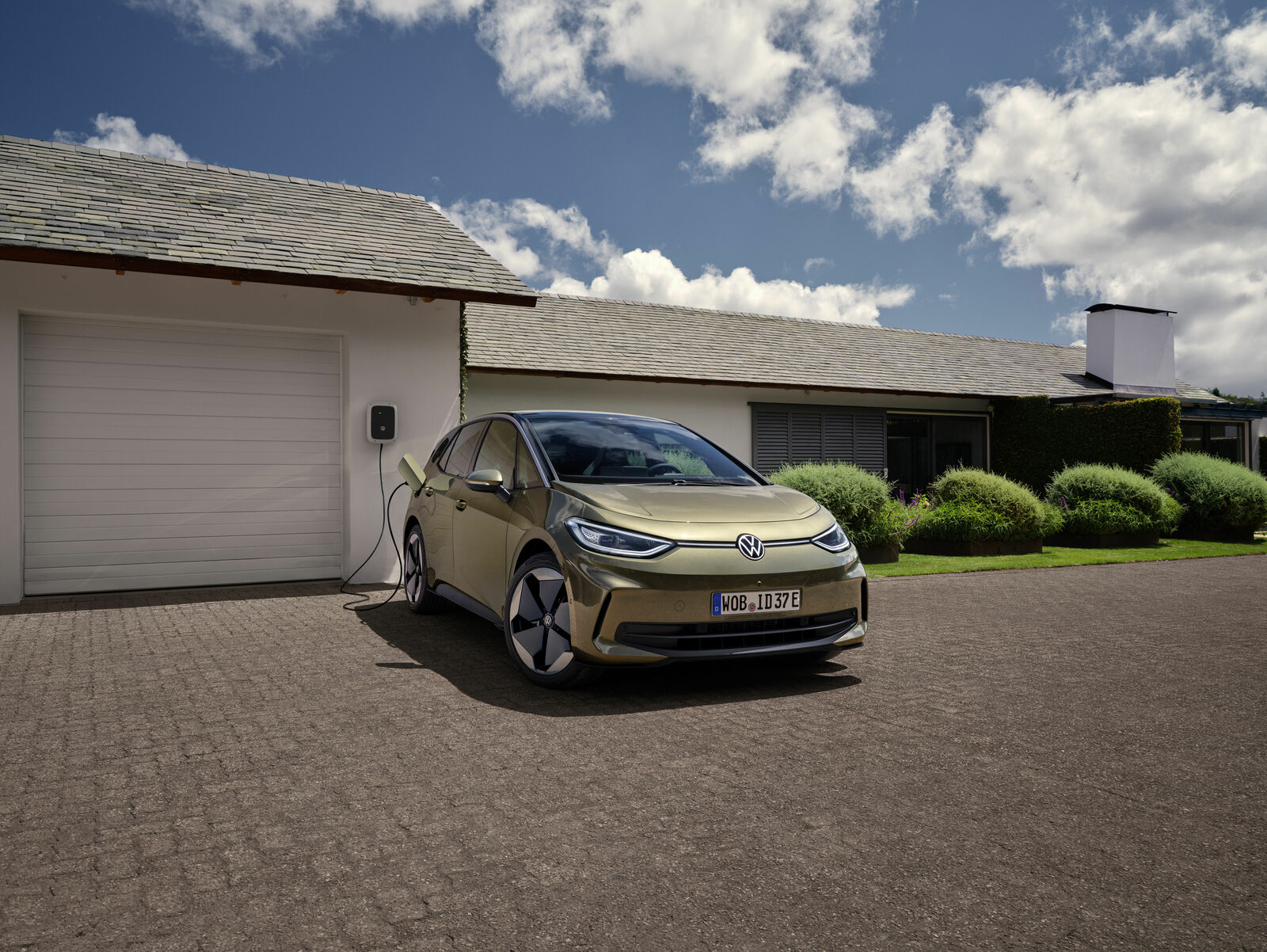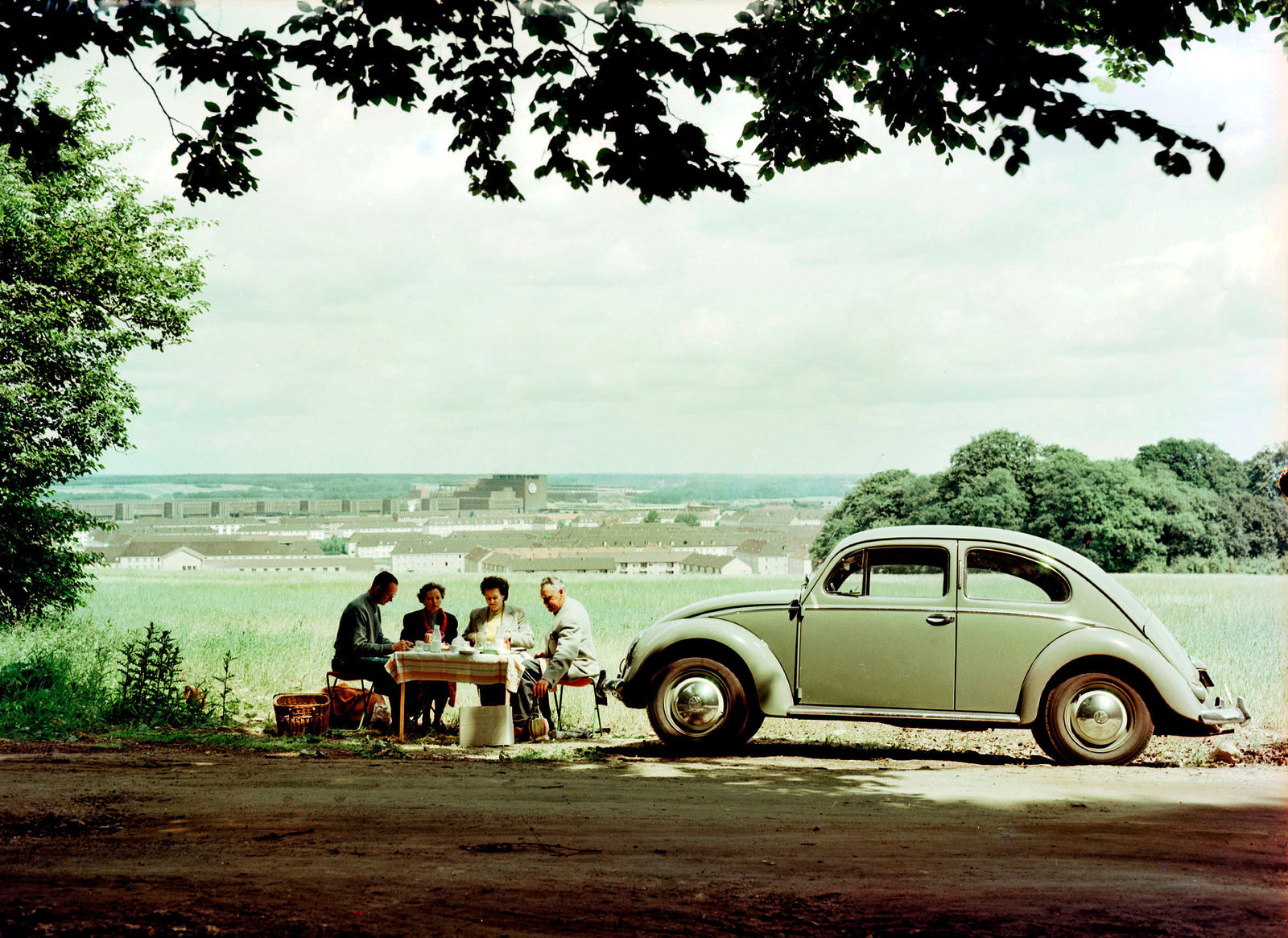The Volkswagen brand is one of the largest car manufacturers in the world. For more than 70 years, we have been making innovative technologies, the highest quality and attractive designs accessible to many people – with the likes of bestsellers such as the Beetle, the Golf and the all-electric ID. family for the new world of mobility. We are present in over 140 markets and produce vehicles at 29 locations in 12 countries. The Volkswagen brand employs more than 170,000 employees.
We are setting ourselves ambitious targets on the path to achieving climate-neutral mobility for all. By 2026 we will bring ten new electric cars onto the road. By 2030, at least 70 percent of our unit sales in Europe – and at least 50 percent in North America and China – are to be electric vehicles. Volkswagen has set itself the goal of producing only electrically powered vehicles in Europe from 2033. We are sticking to this ambition in principle. Depending on market developments and the pace of the ramp-up of electromobility in the various European countries, there may be shifts in the production planning of individual ICE models.
A central competitive advantage of the electrification of our fleet is the Modular Electric Drive Toolkit (MEB). Volkswagen developed this vehicle architecture especially for electric drives; it offers high ranges, lots of space in the interior and enables the software to be constantly up to date thanks to over-the-air updates. The MEB is the technical basis for the all-electric and fully connected cars in the ID. family, including models such as the compact ID.3, the electric SUV ID.4, the SUV Coupé ID.5 and the ID. Buzz, successor to the legendary Bulli van. In the coming years, we will continue to develop our electric platform (MEB+) and will therefore make them even more efficient.
With our ACCELERATE strategy, we are strengthening our competitiveness, accelerating the ramp-up of electric mobility and stepping up our transformation into a tech company. This is also reflected in the transformation of our main site in Wolfsburg, which we will convert into a highly productive factory for electric mobility in the coming years.
In total, the company will invest more than €18 billion in electric mobility, hybridization and digitalization by 2026. Volkswagen will lead the way when it comes to fascinating digital customer experiences, new business models and autonomous driving across the board. It is our goal to make Volkswagen the most attractive brand for sustainable mobility.

